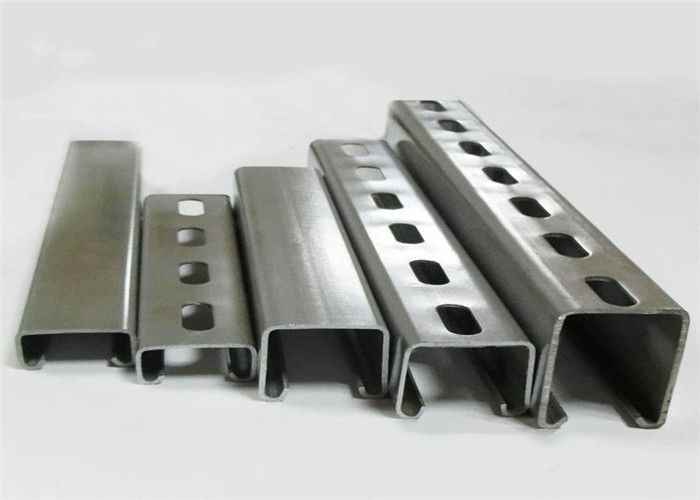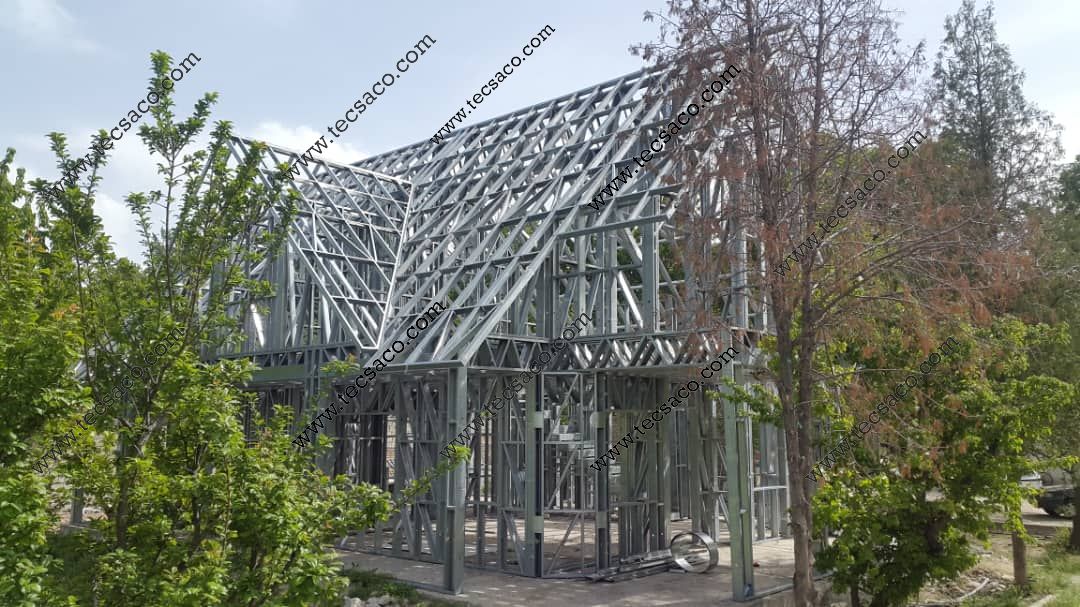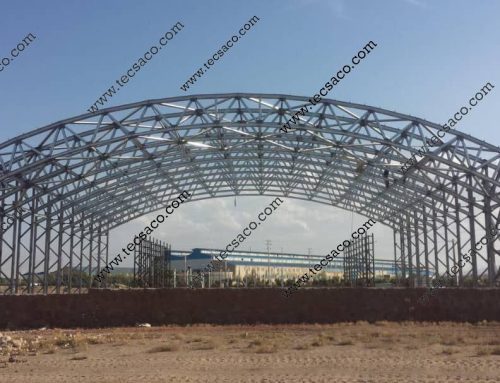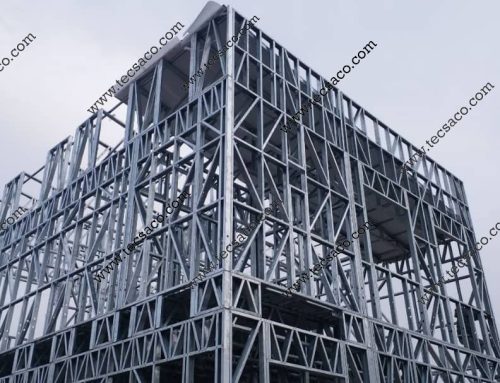مقاطع اصلی سازه ال اس اف LSF
سیستم ساخت قاب سبک فولادی ال اس اف LSF (Lightweight Steel Framing) سیستم ساختمانی است که برای اجرای سازههای کوتاه و میان مرتبه (تا ۵ طبقه) استفاده میشود و مورد تأیید مهندسین عمران در کشورهای توسعهیافته و سازمان نظام مهندسی ایران میباشد. جنس سازه LSF ال اس اف از ورق گالوانیزه بوده و استفاده از آن در ایران قدمتی ده ساله دارد و به دلیل مزایای متعدد استفاده از آن رشد چشمگیری یافته و تاکنون پروژههای ساختمانی زیادی با سازه ال اس اف LSF در کشور اجرا شده است.
سازه ال اس اف LSF به دلیل عدم استفاده از مصالح سنگین، سبک بوده و عملکرد بهتری در برابر زلزله داشته و در مناطق زلزلهخیز جزو بهترین گزینهها محسوب میشوند. در بدترین حالت و تحت شدیدترین زلزله اعضای قائم سازه ال اس اف LSF دچار پیچش گردیده و بر خلاف سازههای سنتی آوار ندارند. همچنین استفاده از عایقهای حرارتی و صوتی مدرن، این سازه را در صدر سازههای ساختمانی مناسب برای مناطق خاص با اقلیمهای بد آب و هوایی قرار داده است.
The main sections of the light steel frame structure
The LSF (Lightweight Steel Framing) construction system is a construction system that is used to implement short and medium-rise structures (up to 5 floors) and is approved by civil engineers in developed countries and the Iranian Engineering Organization. The material of the LSF structure is galvanized sheet and its use in Iran is ten years old, and due to the many advantages of its use, it has grown significantly and so far many construction projects have been implemented with the LSF structure in the country.
LSF structure LSF is light due to not using heavy materials and has better performance against earthquakes and is considered among the best options in earthquake-prone areas. In the worst case and under the most severe earthquake, the vertical members of the LSF structure are twisted and unlike traditional structures, they do not have debris. Also, the use of modern thermal and sound insulation has placed this structure at the top of the building structures suitable for special regions with bad weather climates.
What is LSF?
LSF structure LSF is a prefabricated and light structure that will be installed and erected based on the architectural plan of the building, in the factory and then on the building site using screws, bolts and other connections. From the perspective of examining the materials used in the construction of the building, structural materials are used in the formation of the LSF structure and form its structural members and sections, composite sections, joints and accessories. The LSF style structure, which is very similar to the construction methods of wooden buildings, is formed based on the use of components called “Stud” and “Track” or “Runner”, and the main structure of the building is built from the combination of cold-rolled galvanized steel profiles. The sections used in the light steel structure are U, C and Z, which are usually connected to each other by cold joints.
Types of LSF LSF structures are produced using thin-walled steel sections called LGS. These sections are basically cold-rolled steel products that are produced from galvanized sheets with variable profile widths, usually 89 to 308 mm, as well as thicknesses of 0.6 to 2.5 mm (depending on the design and calculations made) and as a substitute for metal structures or Existing concrete or any other type of buffer used in construction are used. The amount of zinc coating on it and its resistance grade should be according to the relevant standards.
According to the calculations, the foundation of the LSF structure can be implemented as a strip or wide, and its depth is less than other types of common structures.
The main sections of the LSF structure
Stud
The master is the main structural element to bear the loads on the LSF structure. The teachers are placed according to the load table based on a fixed arrangement for a building with specified distances of 20, 30, 40 and 60 cm. Various types of masts are designed for special purposes or with optimized shapes to enhance the bearing capacity.
Runner (Track)
Runner is a non-load-bearing but structural element. In fact, the runner is the main framing member of the LSF structure, which the masters are stabilized by its existence. This cross-section is also known as a track, which is mainly used on a larger scale with a joist.
joist
The joist is the main bearing member of the roof. The joists are adjusted to the spacing of the masters and must be exactly below them to transfer the roof and floor load exactly to the lower master. This section is called rafter in sloping roofs.







ثبت ديدگاه